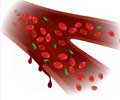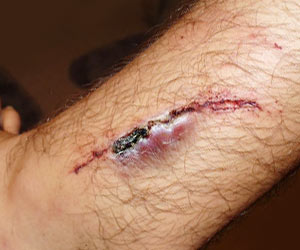The research team developed an integrated mathematical and multi-agent-based model to simulate hepatic inflammatory response caused by salmonella.

‘The new model that maps the progression of sepsis could help clinicians provide the most appropriate and timely care to the patient.’





The research team developed an integrated mathematical and multi-agent-based model to simulate hepatic inflammatory response caused by salmonella. Rapid response is critical to successful treatment, but because of the unpredictable nature of hepatic inflammatory response, sepsis and septic shock are difficult to identify in individual patients."Previous research used a simplified mathematical model to represent the progression of a sepsis episode," Ben-Arieh said. "Such a model was not able to capture the full complexity of this health risk."
The new model allows the researchers to more accurately map interactions among cells, tissues and cytokines, which are small proteins important in cell signaling.
"The strength of the current model is the integration of the complex mathematical and biological description with a simulation engine that can model this phenomenon," Wu said.
By modeling the progression of the sepsis episode, Ben-Arieh and Wu said clinicians can provide the most appropriate and timely care to the patient. Future research in this area will incorporate more biological pathways for increasingly accurate simulations.
Advertisement
Shi said that as more human data on sepsis becomes available, this type of work may be further developed into an easy-to-use visualization tool that can predict sepsis progression, test proposed treatments prior to preclinical experiments and eventually help in clinical decision-making.
Advertisement
The study, "An Agent-Based Model of a Hepatic Inflammatory Response to Salmonella: A Computational Study under a Large Set of Experimental Data," was recently published in the peer-reviewed scientific journal PLOS ONE.
Source-Newswise








